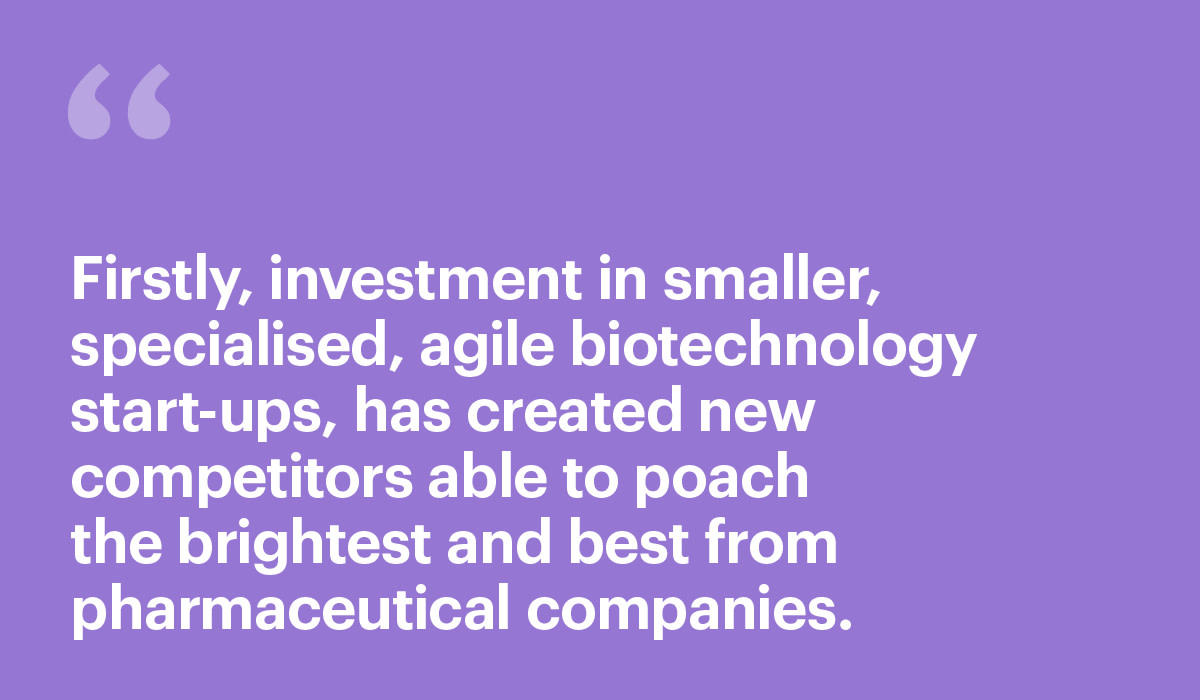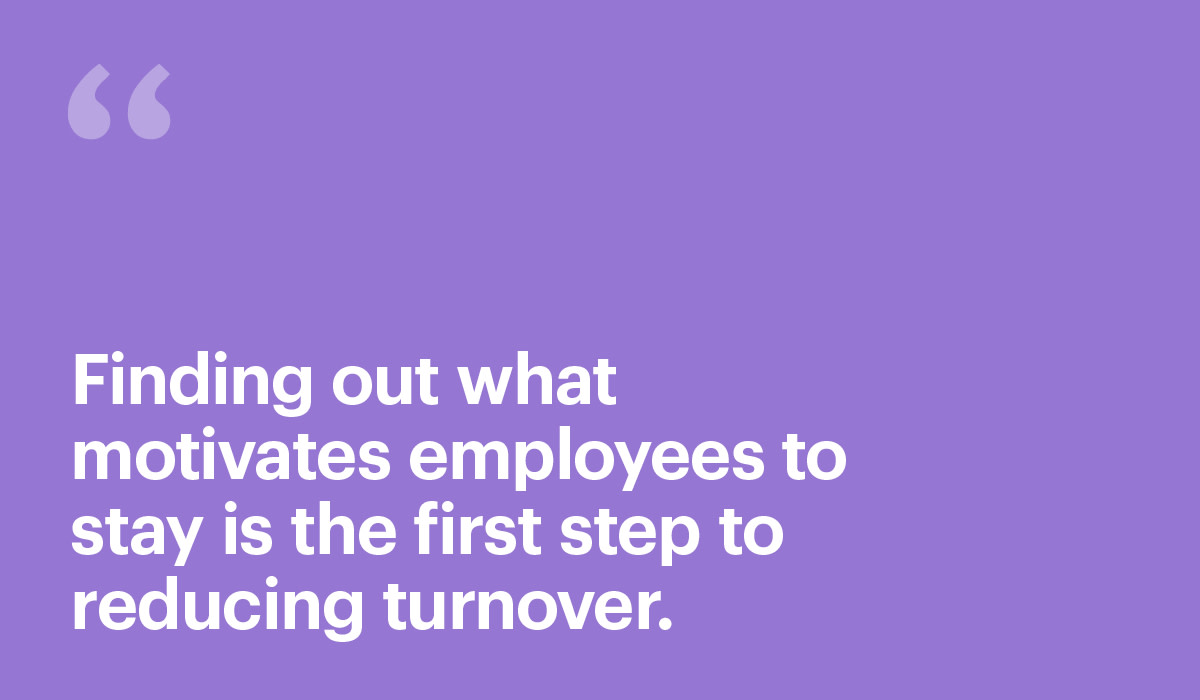Top 3 Employee Retention Tips for Purpose-driven Biotech Companies
Biotech companies need these 3 tips to focus on employee retention or risk losing top talent to competitors in the biotechnology industry.

It’s no secret that top talent is in high demand across the biotech industry. The global spotlight on the sector, prompted by COVID-19, has forced many to re-evaluate their employee retention and engagement strategies for a number of reasons.
Firstly, investment in smaller, specialised, agile biotechnology start-ups, has created new competitors able to poach the brightest and best from pharmaceutical companies. These alternative career paths are attractive to many, offering a shortcut to a future of responsibility and recognition compared to a career in a global behemoth. Such opportunities also offer candidates a genuine chance to more directly make their mark on the world of high-tech therapeutic treatments and care.

Kevin Erikson, Head of Talent Insights at Novartis, recently confirmed in a People Analytics World webinar alongside Visier’s Ian Cook that investor capital seeking returns in a low-return world is extremely interested in biotech start-ups. “Companies like Novartis are great sources of talent for these new businesses, and our people are being approached,” he says. “This is an acute issue we’re addressing every day.”
Many major pharmaceutical companies have been slow to address talent gaps resulting from unprecedented technological change, according to McKinsey. How biotech companies have responded to this industry disruption, and their approach to upskilling employees, has caused many employees to ask themselves soul-searching questions about their own progression, as well as where the company is heading.
Growing a better work culture
This new level of employee consciousness runs in parallel to the rise of environmental, social and governance (ESG), which is propelling issues such as employee wellbeing, engagement, and DEIB up the corporate agenda.
In the Harvard Business Review, Visier’s Ian Cook noted resignation rates were higher among employees who worked in fields that had experienced extreme increases in demand due to the pandemic, such as health care, which have likely led to increased workloads and burnout.
Employees—particularly those from younger generations—are acutely aware of this new environment and are voting with their feet when the business falls short of expectations. To see a future for themselves in the company, they want to understand and feel connected to an enterprise’s purpose. If senior leaders are not seen to be taking meaningful steps to address systemic problems in their own backyard through a modern employee listening program, there is a real risk that employees will become disengaged and leave.
Firmly embedding a sense of purpose within a company’s culture provides the opportunity to adopt different employee retention strategies. Here are three employee retention tips for pharma companies based on the challenges tackled in our recent whitepaper: People Powered: Talent as a Catalyst in Pharmaceuticals.

1. Give employees a reason to stay
Finding out what motivates employees to stay is the first step to reducing turnover. Driving towards common goals and maintaining a competitive advantage, can only begin with an understanding of how your employees feel about you and their prospects in the company. Use targeted intervention to identify the reason good people are leaving—don’t let assumptions get in the way.
Define your organisation’s turnover rate, and break it down by values. Start by finding out key drivers for resignation; statistics such as how many employees leave within a year; if you are losing high or low performers; if leavers had access to skills and training; comparing resignation rates by length of tenure, diversity groups, locations, and functions. You’ll be able to predict who might leave next and avoid losing further key employees.
These insights will then give you visibility into how workforce dynamics such as resignation rates are impacting business outcomes, such as revenue.
2. Connect people to purpose with meaningful DEIB measures
Making statements on diversity, equity, inclusion, and belonging (DEIB) will only resonate with a diverse group of employees if they match employees’ individual experiences with a line manager, team, or other individuals across the company. But how do you ensure your company moves the dial for a consistently inclusive and equitable culture, with everyone striving towards the same goal?
It starts with using data-driven insights to stamp out harmful decision making on the issues that cause employees to leave. For example, regular monitoring of pay for underrepresented groups to replace unconscious bias with data-driven, equitable decisions. Or, reporting DEIB progress towards targets by department or division provides transparency within the organisation.
Analysing trends and localised hot spots in promotion rates across the diversity spectrum will reveal where you are falling short. For example, looking at time to promotion per ethnicity and/or gender and correlating with exits will give you a three-dimensional view of where urgent action or reform is needed. Employee sentiment data on views on progress (or the lack of it) on DEIB can also show you how the issues, and initiatives to address them, are impacting business growth and operations.
3. Identify and retain strategically important employees during business transformation
Recently, our customer Merck KGaA acquired a 3,000-employee organisation with specialist expertise and technology infrastructure. To ensure the retention and effective utilisation of this newly-acquired organisation, the team looked at all the patents it had filed since 2002. They then used further analysis to identify its most influential scientists over a three-year period, which gave a strong indication of those who might be future leaders for Merck KGaA.
Thanks to this analysis, Merck KGaA gained insights that were essential to retaining and engaging these key individuals during the merger. For more information, download the full case study.
These are just some of our tips to help biotechnology and pharmaceutical industry leaders solve urgent workforce challenges. For more practical guidance, read our recent white paper: People Powered: Talent as a Catalyst in Pharmaceuticals.


